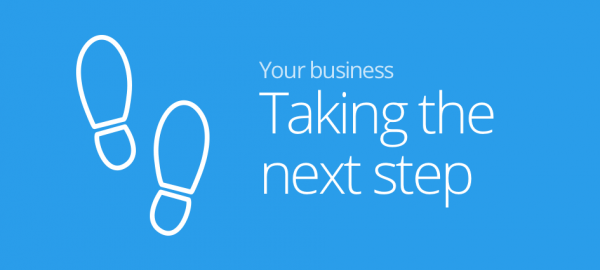Connecting with customers is clearly vital for business success. However, it is not always easy to know exactly who your customer is or what they are seeking. Research is important for uncovering essential information and refining how your business delivers what its customers are really looking for. In this post, we’ll be looking at how you can use business research methods to understand your customers.
Business research methods fall into a number of categories and it is important to be aware of these in order to select the optimum methods and determine the best ways to collect data.
Qualitative and quantitative research
One of the most enduring business research methods is what is known as qualitative market research. This is frequently used to gather insights into why consumers buy the products they do, or what motivates them to be loyal to a particular brand. Qualitative research plays a vital role, as it is focused on finding out the how and the why behind the decisions that consumers make.
Quantitative research sets out to determine general parameters, i.e. the when, where and what of why consumers behave in the way that they do. Qualitative research can draw on a number of techniques and is generally considered to be even more valuable when used with quantitative research as the two complement each other.
Techniques
Business research methods often revolve around asking questions. These can be asked of individuals, whether face to face, on the phone, or via a platform such as Skype. Focus groups are another great option when it comes to business research methods as these allow you to see consumers’ reactions to products as they happen, together with the group dynamic and how others in the group react to comments or statements about the product.
Focus groups can be used to determine reactions to a range of company materials, including advertising campaigns and photographs, together with new ideas for products. They can enable people to use or taste products in your presence or obtain reactions to new and existing concepts. If cost control is a key factor, focus groups can also be conducted online. Social media can also be used to gauge reactions to products or services.
Another popular approach to business research is to place professional observers in a store or marketplace and watch shoppers are they go about their business and select products to buy. This can highlight issues relating to the way in which stock is displayed and how much attention it receives and to how consumers behave when they take the product from the shelf. Discerning at what point the product is chosen or rejected can be vitally important in unravelling how the consumer interacts with a product.
Videoing consumers, observing them at events such as parties or asking them to keep journals are all valid business research methods for gathering information.
Analysis
Once data has been gathered, efficient analysis is required in order to derive maximum benefit. This can be managed in a number of ways, from listing significant responses to coding frequent responses or responses of a particular kind. Data can be fed into a spreadsheet wherein there are categories for products, age groups and reactions. Organising the data should make it clearer to see how people react and to determine whether this is affected by factors such as age. Responses can also be incorporated into word clouds so that the most frequent responses are highlighted.
If you’re interested in market research – check out our other blog on what is market research
